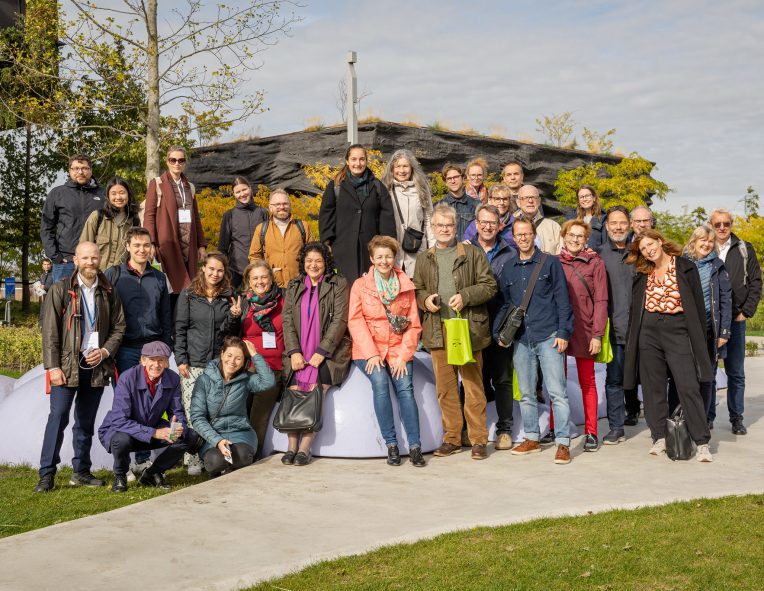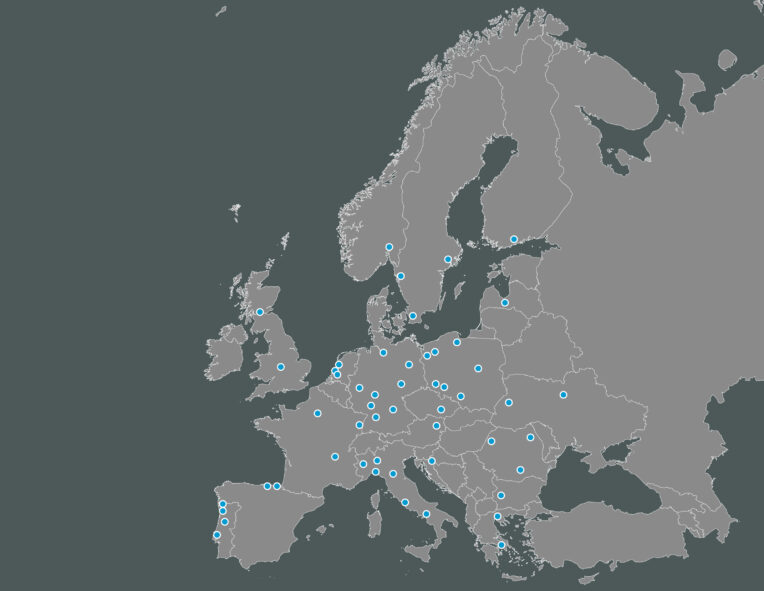CIM Cávado / ATAHCA
Rafael Amorim, Executive Secretary
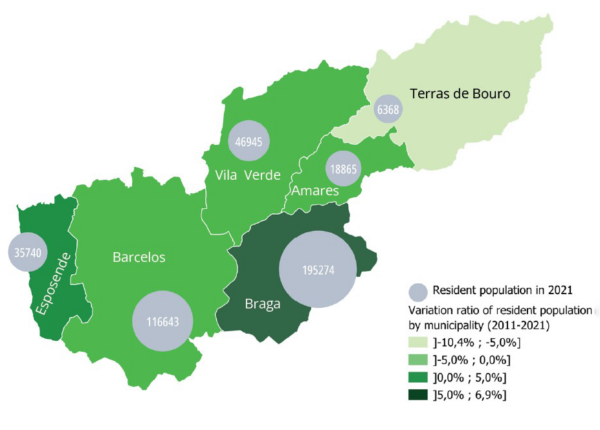
Territorial reorganization to ensure funding eligibility based on local stakeholder cooperation
In recent years the territory has registered significant asymmetries, characterised by urban pressure, especially in Esposende and Braga, which contrast with the remaining rural parishes witnessing a process of demographic, social and economic decay and territorial desertification. Not only that, with a surface area of approximately 1,216 km2, the territory of CIM Cávado presents, from a geographical point of view, a great proximity between rural and non-rural parishes which today have different opportunities. Most of the territory of Cávado is made up of parishes classified as rural, however in the territory there are parishes which, despite not having this classification, present strong characteristics and traces of rurality.
.
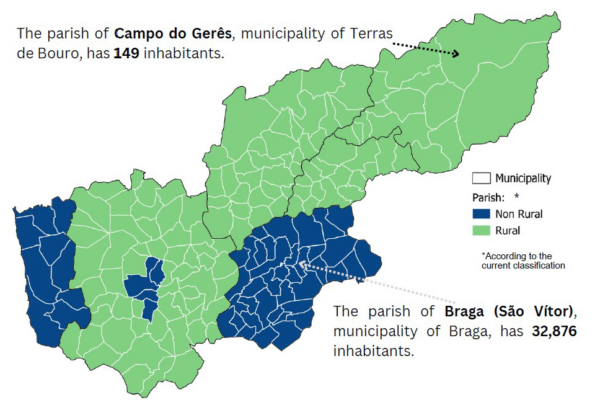
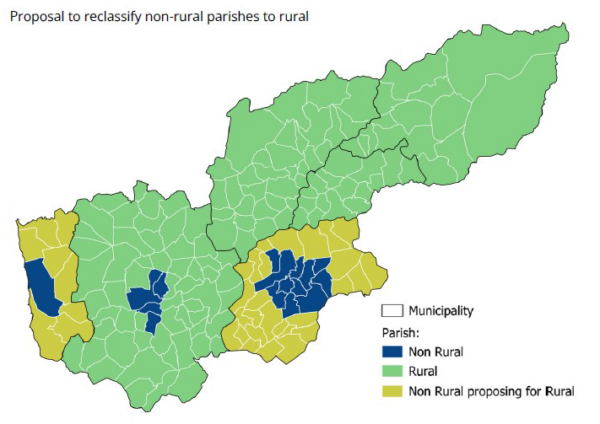
Long-Term Vision for Rural Areas
Urgent problems which have been highlighted include:
1. aging populations,
2. lack of infrastructure and support services for a fragile population,
3. lack of connectivity,
4. limited access to public services,
5. fewer job opportunities.
Trying to respond to these challenges and issues, and taking advantage of the emerging opportunities related to the ecological and digital transition, the EU has launched the Long-Term Vision for Rural Areas, which aims to create:
- Stronger rural areas
- Resilient rural areas that promote well-being
- Interconnected rural areas
- Prosperous rural areas
Within this new economic model, rural areas are valued for the functions that can make them pillars of economic development. The promotion of an integrated action will allow the rural areas of CIM Cávado to become attractive for people, to boost social revitalisation, economic and sustainable development in balance with the urban environment.
Metropolitan Partnerships in action across Urban and Rural to read about more cases from across Europe.

